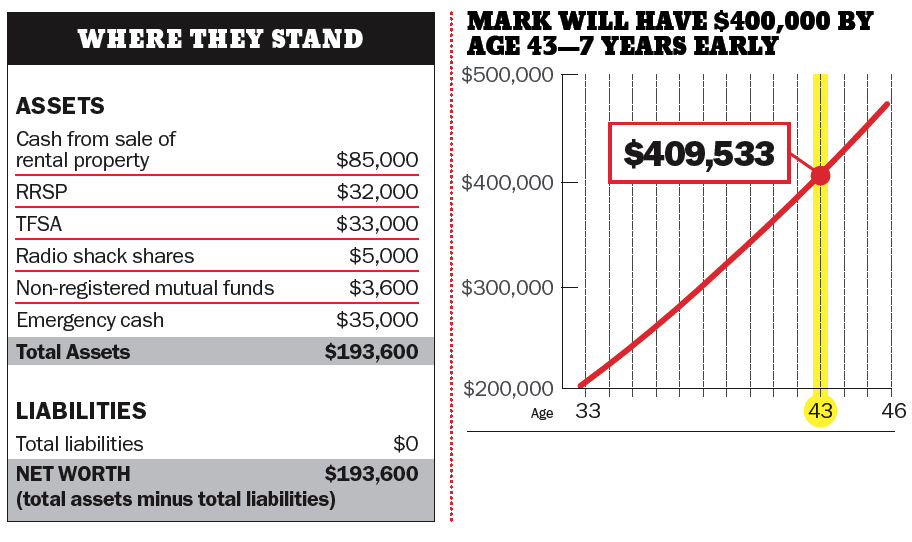How to save $400,000 by age 50
Mark earns a modest income but wants to retire early, like his parents
Advertisement
Mark earns a modest income but wants to retire early, like his parents

 Do you want MoneySense to see if you’re on track to meet your own financial goal? If so, drop us a line at [email protected]
Do you want MoneySense to see if you’re on track to meet your own financial goal? If so, drop us a line at [email protected]
Share this article Share on Facebook Share on Twitter Share on Linkedin Share on Reddit Share on Email
I know that guy. He is actually a multi millionaire. The magazine paid him for his appearance to generate interest